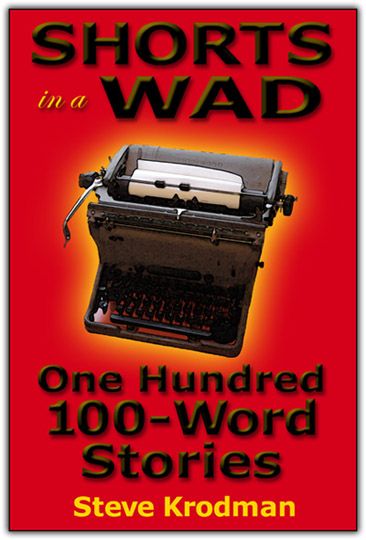It’s not often that a major American newspaper publishes a front-page article that deals with the minutiae of Jewish practice, but the Wall Street Journal did exactly that this past Thursday with their piece on lifting Torah scrolls.
By way of background, Jewish practice calls for public readings of selections from the Five Books of Moses - the Torah - on Mondays, Thursdays, Saturdays, festivals (Pesach, Shavuot, and Sukkot), and other holidays. These readings must be chanted from a scroll painstakingly handwritten by a highly trained scribe on kosher parchment - a plain old printed book simply won’t do. Making the process even more challenging is the fact that the scrolls do not contain any punctuation, vowels, or cantillation notes, so the reader must study the text in advance in order to do it properly.
At the conclusion of the reading, the scroll must be lifted from its position flat on the reading table, held up before the congregation so that three columns of words are clearly visible, and then rolled up and dressed in its belt and mantle. That’s where the fun begins. One person (the magbiah) does the lifting; another (the golel) does the rolling and dressing.
The WSJ article correctly notes that the scrolls are heavy, often weighing more than thirty pounds. But the weight is not the issue. It’s the fact that you’re lifting a sacred object - one that, owing to the fact that it consists of parchment wound onto wooden spindles, is notoriously unwieldy and tricky to handle. And the penalty for screwing up and actually dropping the scroll is severe: Not only must you bear the humiliation of having desecrated the central religious object of Judaism in front of the whole congregation (a humiliation so intense that SWMBO invented her own word for it - Fu Na), but you and anyone who witnessed the scroll’s fall must fast for forty days.
You do NOT want this to happen. Especially on Yom Kippur, when people are having enough fun dealing with a single day of food-avoidance.
I have plenty of experience with this business of scroll-liftage (in Hebrew, hagbah - or, more properly, hagbaha), given my regular role as gabbai at both weekday and Shabbat services at our synagogue. I’m the guy who stands next to the reader and calls up the people who receive honors; recites certain special blessings; and corrects the reader in the event he or she makes a mistake. And I am perfectly capable of serving as Scroll-Lifter when the occasion requires.
Lifting a Torah scroll can be likened to lovemaking: Technique trumps brute strength. And from my spot by the side of the reader’s table, I can tell right off the bat when I’m dealing with an inexperienced magbiah... an unusual situation but one that unfortunately comes along once in a while.
The key is to bend the knees and use the edge of the reading table to provide the leverage needed to bring the scroll to the perpendicular position - straight up and down. (If you try to simply lift the scroll by using wrist power alone, not only will you be in trouble, but you’ll be placing unnecessary stress on the wooden spindles... and a cracked spindle is not fun to deal with.) Then, all you have to do is lift and separate, keeping the spindles the proper distance apart and maintaining tension on the scroll.
What’s the proper distance? Wide enough so that three columns of text are visible. You can, if you wish, show everyone what a testosterone-fueled shtarker you are and display a full ten columns, but that is contemptible. Nobody loves a show-off.
Hagbah. It’s less complicated than it seems, but it’s daunting because you don’t want to mess this one up. (Even if your local rabbi lets you substitute charitable acts for the forty days of sunrise-to-sunset fasting.)
Saturday, April 28, 2012
Subscribe to:
Post Comments (Atom)




















No comments:
Post a Comment